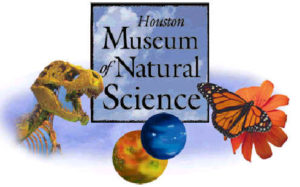“Maya Megalopolis & Ancient Secrets Revealed by Airborne Lidarâ€
When:
February 26, 2019 @ 6:30 pm – 6:30 pm
2019-02-26T18:30:00-06:00
2019-02-26T18:30:00-06:00
Where:
HMNS Cockrell Butterfly Center
5555 Hermann Park Dr
Houston, TX 77030
USA
5555 Hermann Park Dr
Houston, TX 77030
USA
Cost:
$20.00
Contact:
 Ramesh Shrestha, Ph.D. & Ramesh Shrestha, Ph.D. &Juan Carlos Fernandez-Diaz, Ph.D. University of Houston Tuesday, February 26, 6:30 pm |
|
Using laser mapping technology, engineers have entered the archaeology arena and have enabled a revolution in the way archaeologists identify and map ancient human settlements in areas of the world covered by dense vegetation.
With airborne lidar (light detection and ranging), which uses laser pulses to “see” through gaps in the tree canopies, geodetic engineers and archaeologists can create three-dimensional maps of the topography and other human-made made structures and terrain modification hidden by the jungle.
For over a decade researchers from the NSF National Center for Airborne Laser Mapping (NCALM), which is jointly operated by the University of Houston and the University of California at Berkeley, have used airborne lidar to map tens of thousands of ancient structures and hundreds of settlements built by the Maya and other cultural groups through Mexico and Central America, many of which were previously unknown to modern science. In addition lidar has contributed to mapping sophisticated agricultural and irrigation systems along with topographic modifications potentially used as defensive mechanisms.
Dr. Ramesh Shrestha is director of NCALM and professor of civil and environmental engineering at the University of Houston. Also on the UH faculty is Dr. Juan Carlos Fernandez-Diaz, who serves as senior researcher and airborne instrumentation operator and mission controller.
Members $14, Tickets $20.
Click here or call 713.639.4629.
|